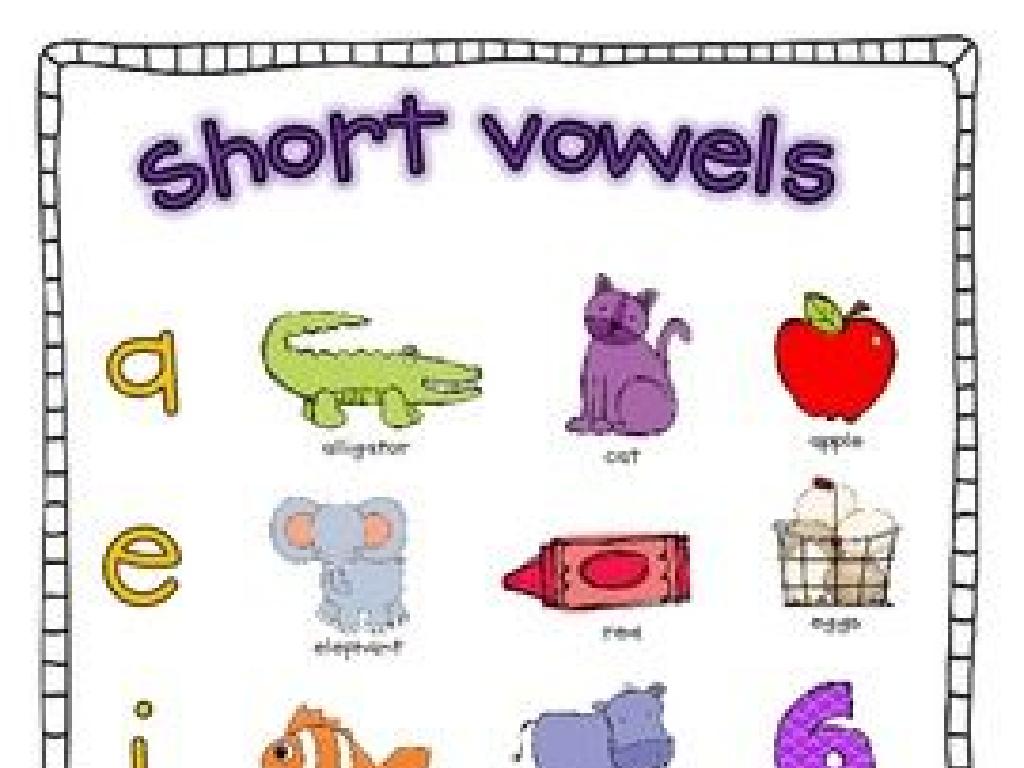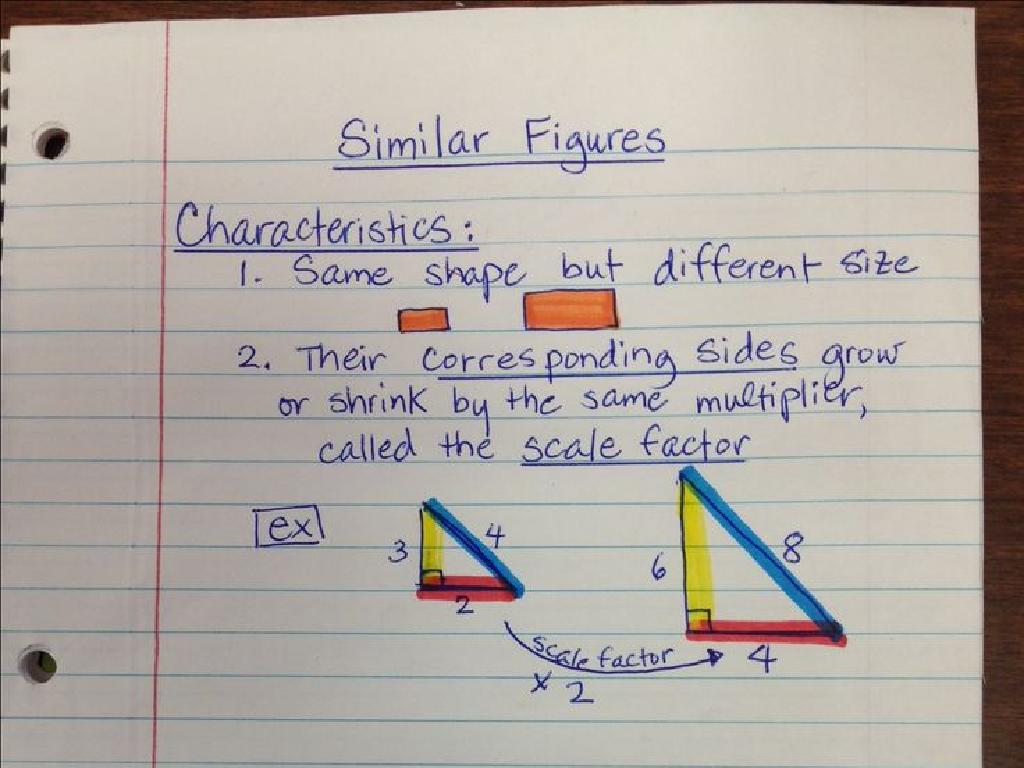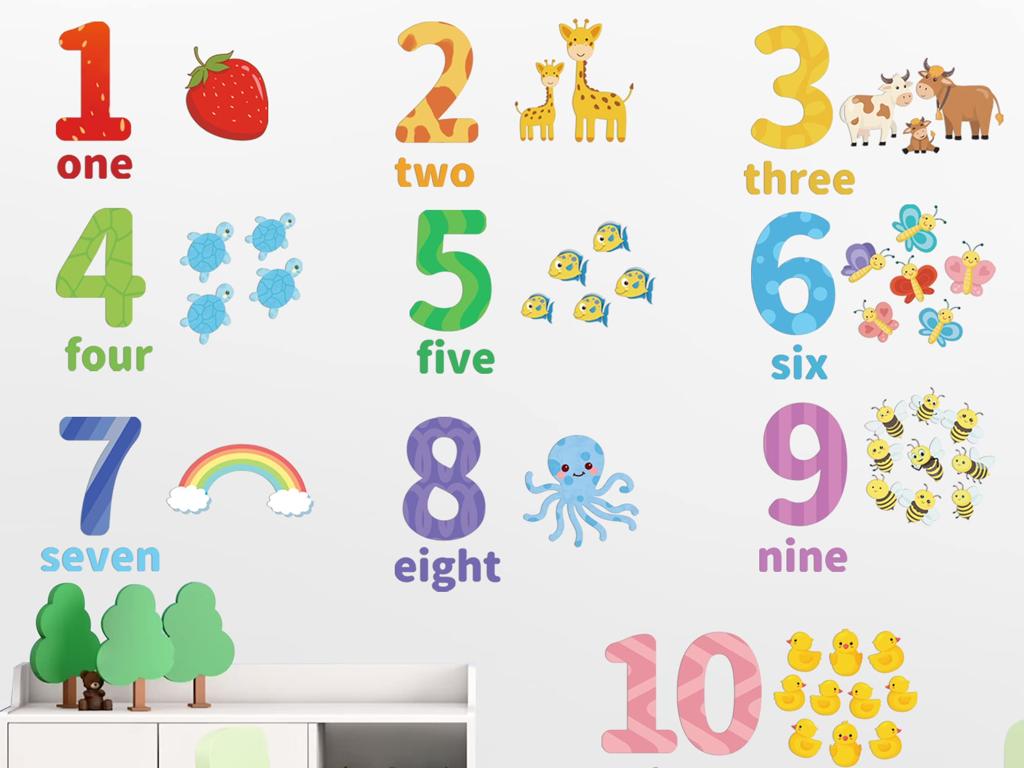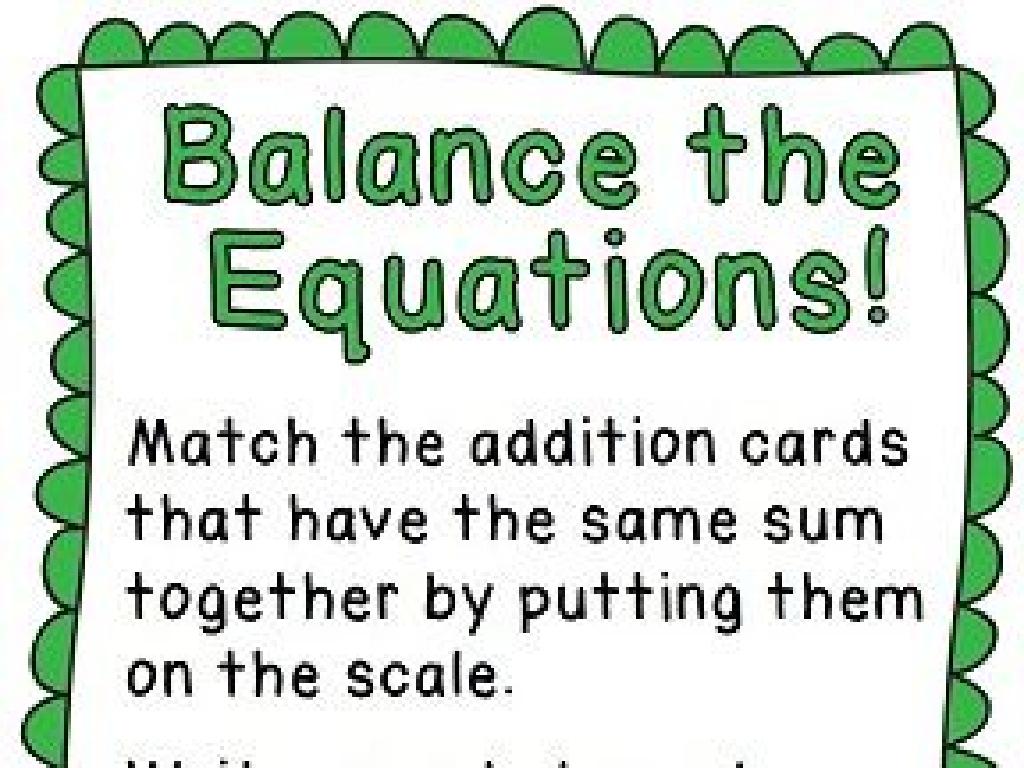Estimate Products
Subject: Math
Grade: Fifth grade
Topic: Multiplication
Please LOG IN to download the presentation. Access is available to registered users only.
View More Content
Estimating Products in Multiplication
– Grasp the concept of estimation
– Learn why estimation is valuable
– Estimation saves time and aids in checking work
– Discover estimation in multiplication
– Round numbers to nearest ten or hundred to estimate product
– Practice estimation with examples
– Example: 47 x 6 is about 50 x 6 = 300
|
This slide introduces the concept of estimation in multiplication, emphasizing its importance as a mathematical skill. Estimation allows students to quickly gauge the approximate value of a product without performing exact calculations. It’s particularly useful for checking the reasonableness of answers and making quick decisions in everyday situations. Teach students to round numbers to the nearest ten or hundred as a strategy to estimate products. Provide practice problems where students can apply rounding to estimate and compare their results to exact calculations. Encourage group discussion on how estimation can be a useful tool in various real-life scenarios.
Understanding Estimation in Multiplication
– What is estimation?
– Estimation helps find a number close to the exact answer.
– Estimation is like an educated guess
– Everyday examples of estimation
– Guessing the number of candies in a jar or estimating time to complete homework.
– Estimation in multiplication
– Rounding numbers before multiplying to get a number that’s easy to work with.
|
This slide introduces the concept of estimation, which is a fundamental skill in mathematics, especially useful in multiplication. Estimation allows students to quickly find an approximate answer without needing the exact number. It’s important to convey that estimation is not just a random guess but an ‘educated’ one, based on the information available. Provide everyday examples where estimation is used, such as guessing the number of items in a container or the time needed to finish a task. Relate this back to multiplication by explaining how rounding numbers can simplify the process of finding the product. Encourage students to practice by estimating products of large numbers, which can be a fun and engaging activity.
When to Use Estimation
– Estimating in shopping
– Round prices to nearest dollar to stay within budget
– Measuring for recipes
– Round measurements for quick & easy cooking
– Estimating travel time
– Approximate time to reach a destination
|
Estimation is a valuable skill in everyday life and helps in making quick decisions without needing exact numbers. When shopping, students can round up prices to the nearest dollar to quickly calculate if they’re within their budget. In cooking, estimation allows for flexibility with ingredient measurements, making the process faster and more intuitive. For travel, estimating time can help in planning departures and arrivals. Encourage students to practice estimation in real-life scenarios to build this skill.
Estimation Techniques in Multiplication
– Rounding numbers for estimation
– Round to the nearest ten or hundred to simplify
– Using compatible numbers
– Choose numbers close to the original that multiply easily
– Front-end estimation
– Estimate by using the highest place value digit
– Adjusting front-end estimates
– Adjust the estimate by accounting for the lower place values
|
This slide introduces students to various techniques for estimating products in multiplication. Emphasize the importance of estimation as a way to quickly gauge the size of a product without calculating the exact answer. Rounding helps simplify complex numbers to more manageable figures. Compatible numbers are those that are easy to multiply mentally, such as multiples of 10. Front-end estimation involves using the first digits of the numbers for a rough estimate, then adjusting based on the remaining digits. Encourage students to practice these techniques with examples and to understand when each method might be most useful.
Let’s Practice Rounding!
– Round 354 to nearest ten
– 354 rounded to the nearest ten is 350
– Round 678 to nearest hundred
– 678 rounded to the nearest hundred is 700
– Understand rounding benefits
– Rounding simplifies numbers, making estimation easier
– Estimate products using rounding
– Use 350 x 700 to estimate the product of 354 x 678
|
This slide is designed to help students practice the skill of rounding numbers to the nearest ten and hundred, which is a crucial step in estimating products. Start by rounding 354 to the nearest ten, which is 350. Then, round 678 to the nearest hundred, which is 700. Discuss with students how these rounded numbers are easier to work with and how they can help us estimate the product of the original numbers. For example, instead of multiplying 354 by 678, we can multiply 350 by 700 to get an estimated product. This method is particularly useful when quick calculations are needed, and it helps students develop number sense. Encourage students to practice with different numbers and to share their rounding strategies.
Estimating Products in Multiplication
– Example: Estimate 47 x 68
– Instead of exact calculation, we make a close guess
– Round numbers to nearest ten
– 47 rounds to 50, 68 rounds to 70
– Multiply the rounded numbers
– 50 x 70 gives a quick estimate
– Estimate the product
– It’s about 3500, not the exact answer but close
|
This slide introduces students to the concept of estimating products by rounding numbers to the nearest ten before multiplying. Start with the example 47 x 68, and guide students through the process of rounding each number to the nearest ten to make multiplication simpler. Emphasize that the goal is to quickly estimate the product rather than finding the exact answer. This technique is useful for making quick calculations in real-life situations where an approximate number is sufficient. Encourage students to practice with different numbers and to understand that while the estimate is close to the actual product, it is not the exact value.
Estimation vs. Exact Answer
– Why estimates differ from exact answers
– Estimates are close to the exact number, but rounded for simplicity
– Appropriate times to use estimation
– When speed is more important than precision, like in a quick check or a rough draft
– Estimation gives a range, not just one number
– An estimate can fall within a range, showing possible values around the exact answer
– Estimation strategies in multiplication
|
This slide aims to explain the concept of estimation in multiplication and how it differs from finding the exact answer. Students should understand that an estimate is a quick way to find an approximate value that is close to the exact number, often by rounding numbers to make calculations easier. It’s important to discuss when it’s acceptable to use estimation, such as when you need a quick answer or when an approximate value is sufficient. Emphasize that an estimate is not just one number but a range that the exact answer could fall within. Teach students various strategies for estimating products, such as rounding numbers to the nearest ten or hundred before multiplying. Encourage them to practice these strategies with examples.
Class Activity: Estimation Relay
– Form groups for relay activity
– Solve problems in estimation relay
– Each student estimates one problem
– Pass to next after your turn
– Fastest group with correct answers wins!
– Accuracy is just as important as speed
|
This activity is designed to make learning about estimation interactive and fun. Divide the class into small groups and provide each group with a set of estimation problems. Students will take turns quickly estimating the product of given numbers before passing the problem to the next group member. The first group to complete all problems correctly wins a small prize. This encourages teamwork, quick thinking, and reinforces the concept of estimation. Make sure to review the rules and the concept of rounding numbers to the nearest ten or hundred as needed for estimation before starting the activity. Have extra problems ready for early finishers or in case of a tie.
Estimation Wrap-up & Homework
– Review of estimation methods
– Estimation’s role in daily life
– Helps in quick calculations, budgeting, and making decisions.
– Homework: Estimation worksheet
– Complete the provided worksheet to practice estimating product of numbers.
– Practice makes perfect!
|
As we conclude today’s lesson on estimating products, let’s recap the different techniques we’ve learned, such as rounding numbers before multiplying and using compatible numbers. Emphasize the practicality of estimation in everyday scenarios like shopping or cooking, where precise calculations are not always necessary. For homework, students are assigned a worksheet that includes a variety of problems to reinforce their estimation skills. Encourage them to try each problem and remind them that estimation is a skill that improves with practice. The goal is to help them feel more confident in using estimation to make quick and reasonable calculations in their daily lives.






